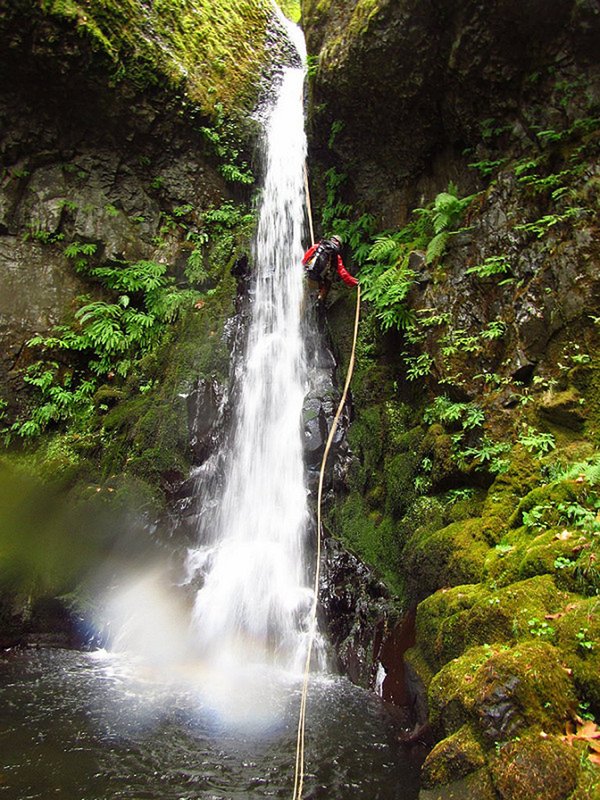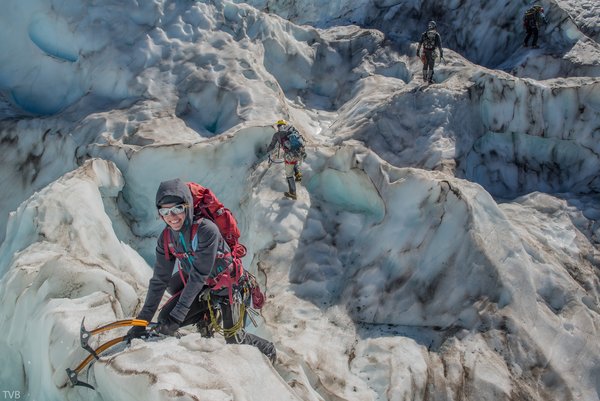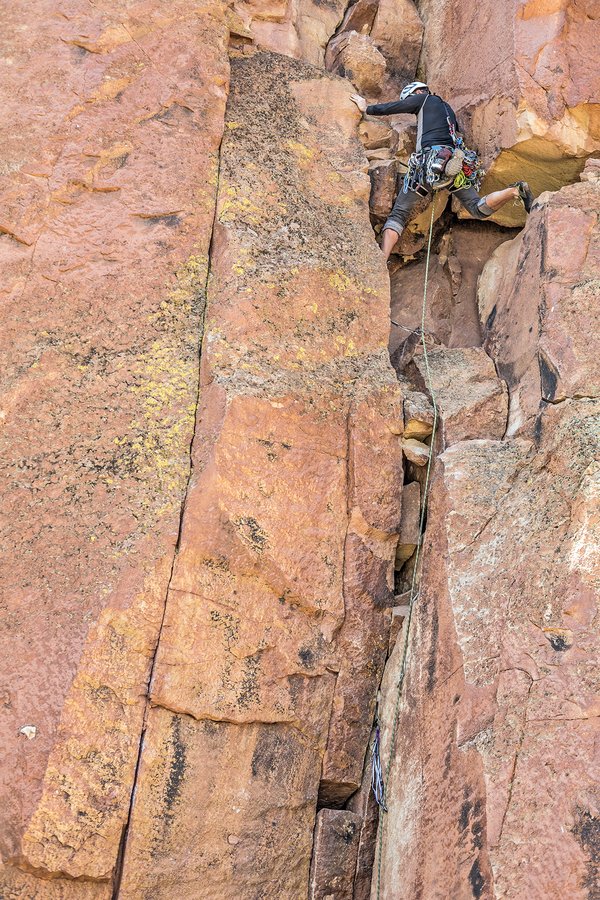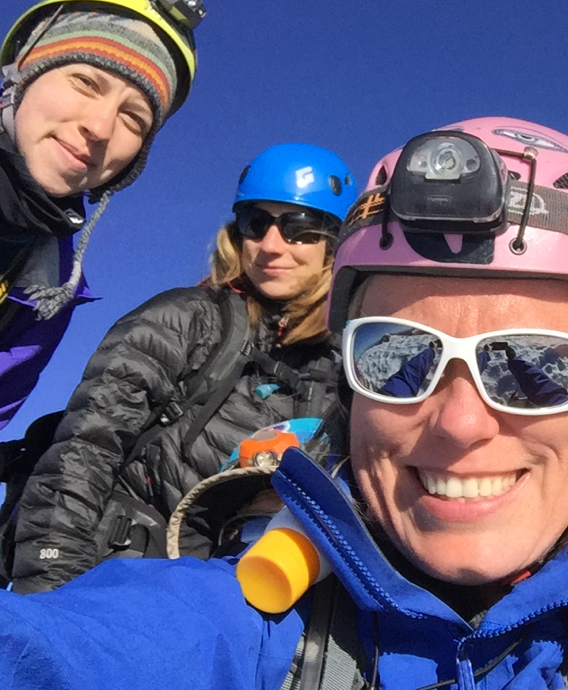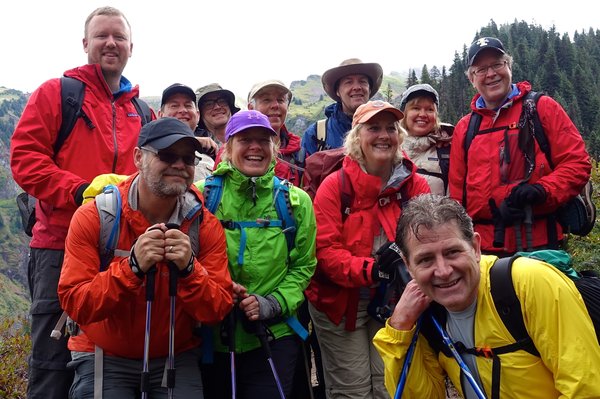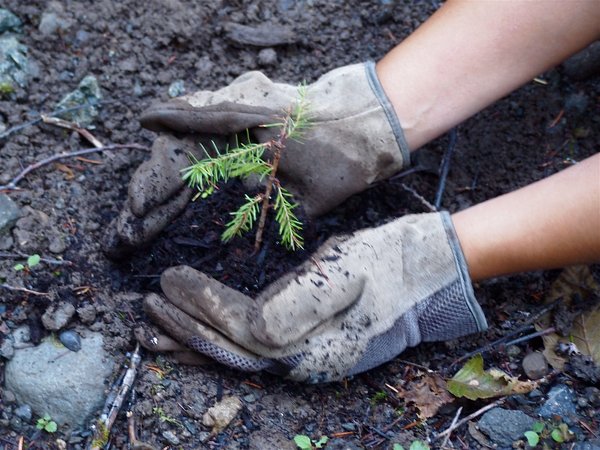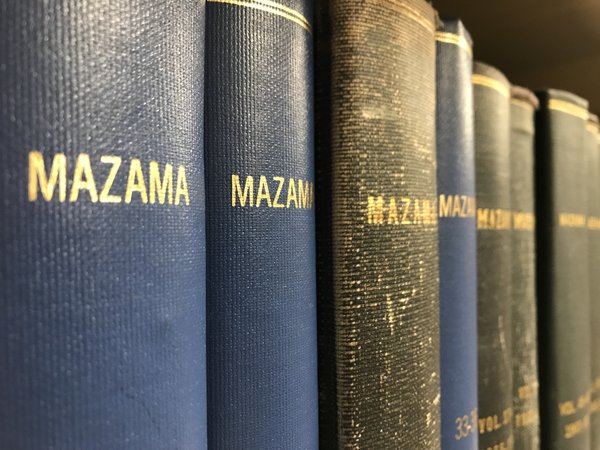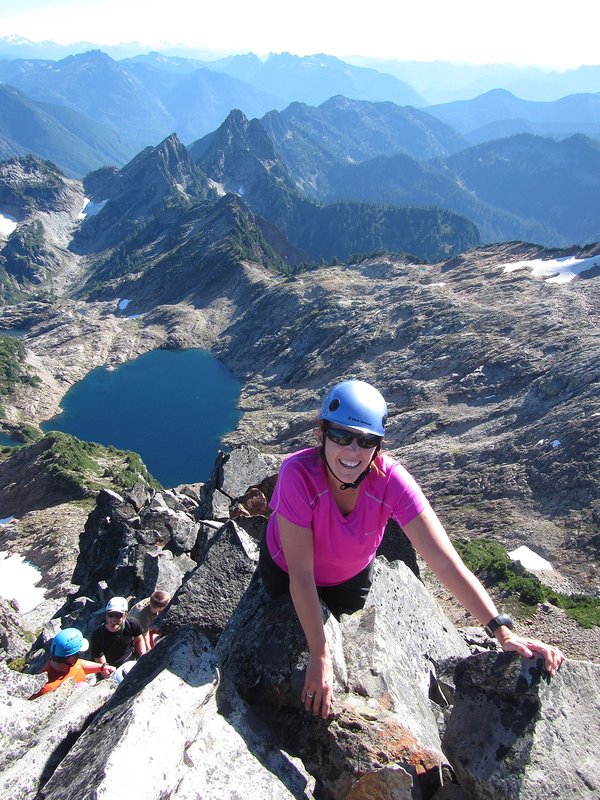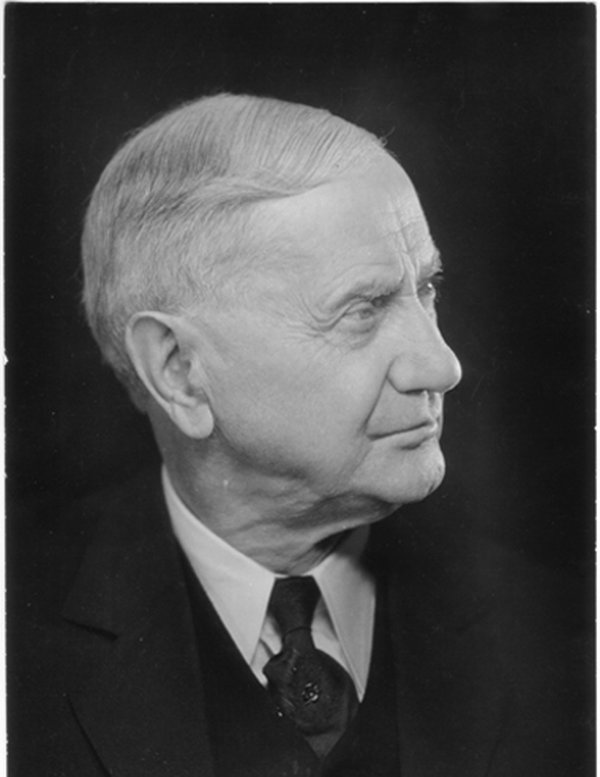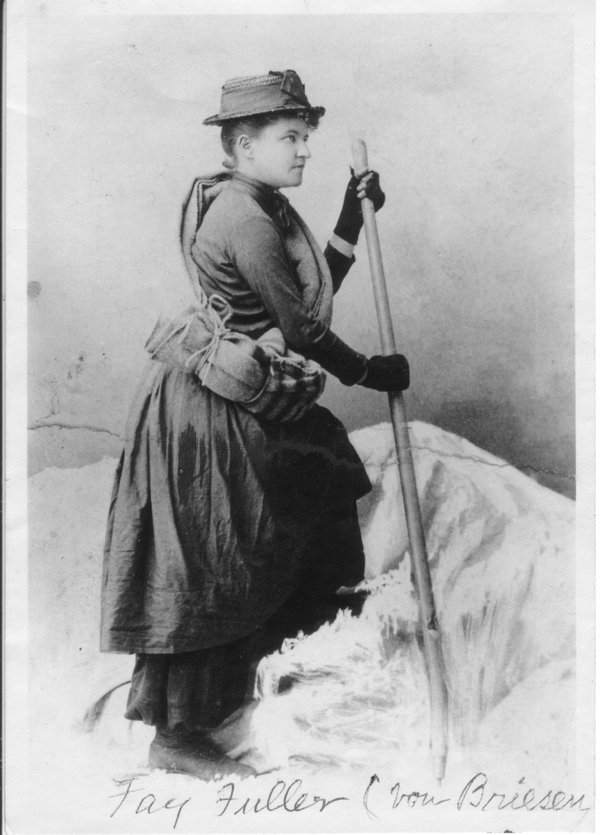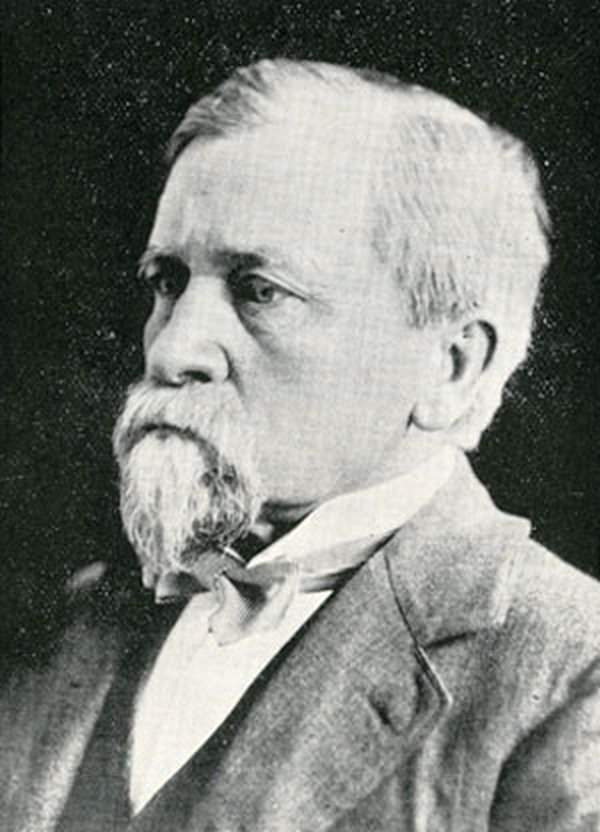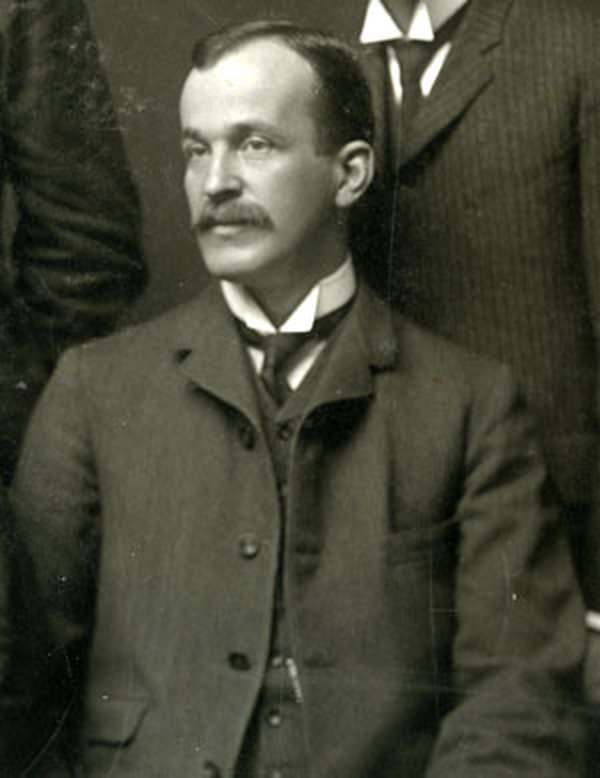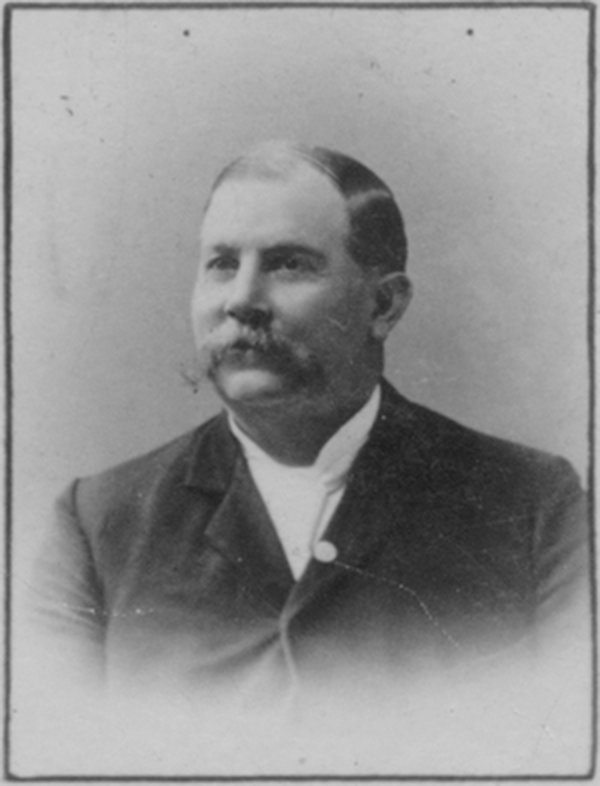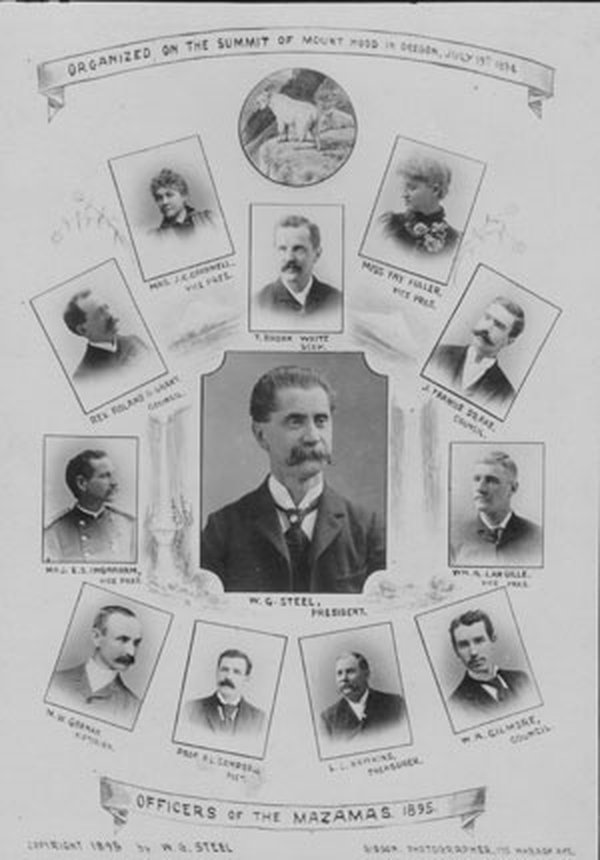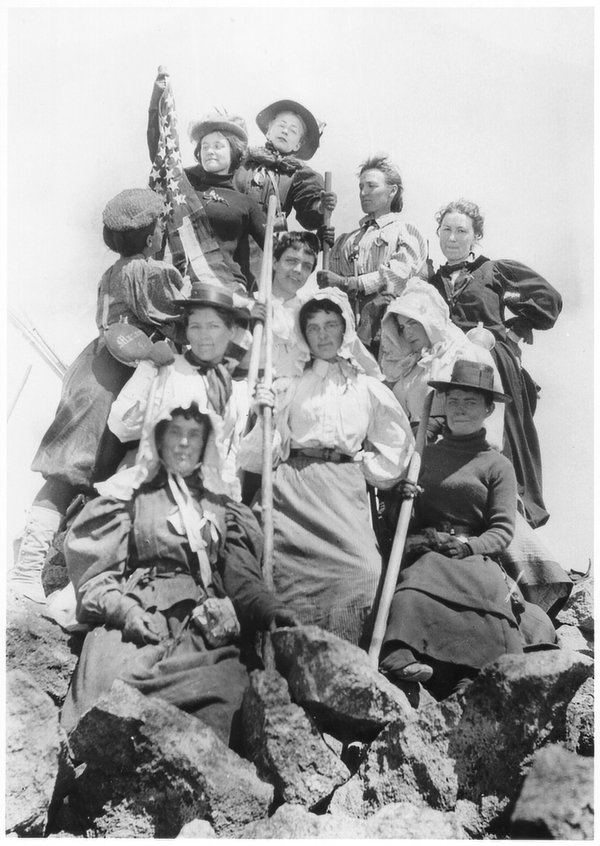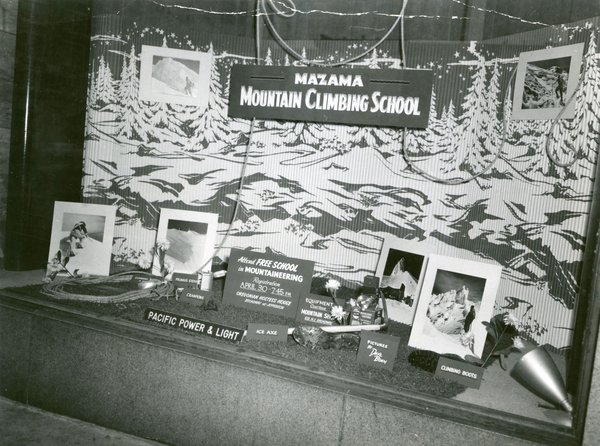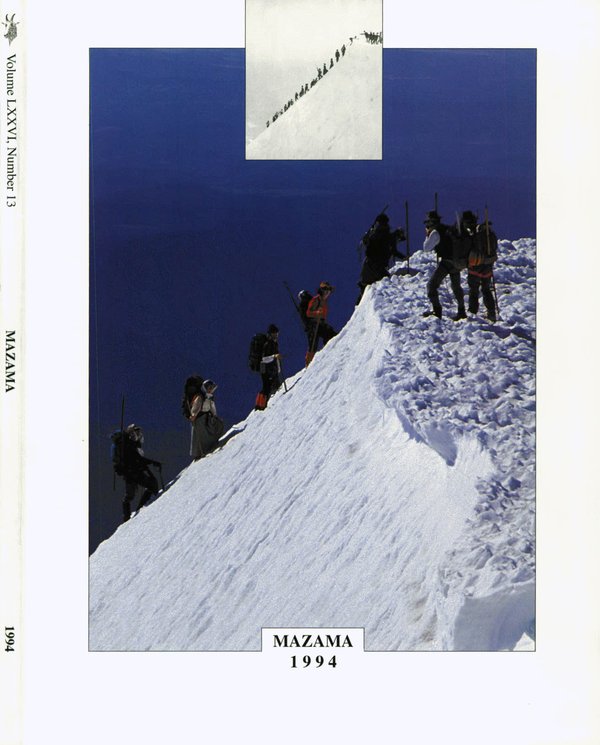The Mazamas and its members were among the early leaders of Oregon, and they figure prominently in the epic story of the state. William Gladstone Steel, a no-nonsense postman, was the driving force behind the Mazamas. Steel wanted to establish a climbing organization run by climbers for climbers. He was adamant that summiting a glaciated peak be a requirement for membership (a threshold that was removed by vote of the membership in January, 2023). As if founding a new organization was not enough, Steel was also advocating for the creation of Crater Lake National Park. His seventeen years of work paid off when President Theodore Roosevelt signed the Park into law. Steel would serve as the Park’s second superintendent. The Steel Cliffs on Mount Hood are one of the many places named for the Mazamas founder. Several other founding members include Henry Pittock, publisher of the Oregonian newspaper whose mansion overlooks the city of Portland. Rodney Glisan, his family is the namesake of one Portland’s principal thoroughfares. And L.L. Hawkins, founder of the Free City Museum, the forerunner to the Oregon Museum of Science and Industry, OMSI.

